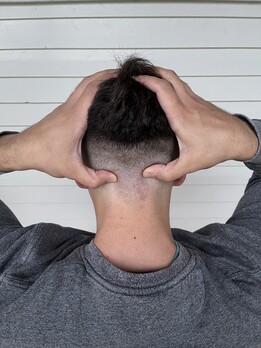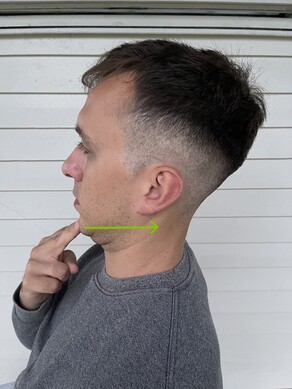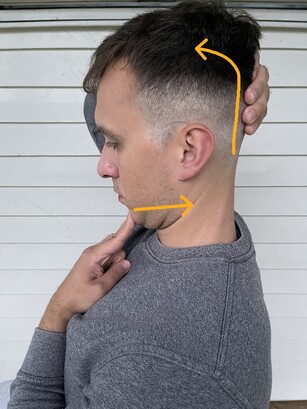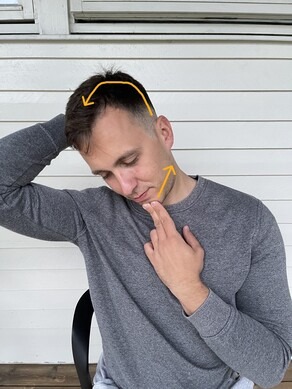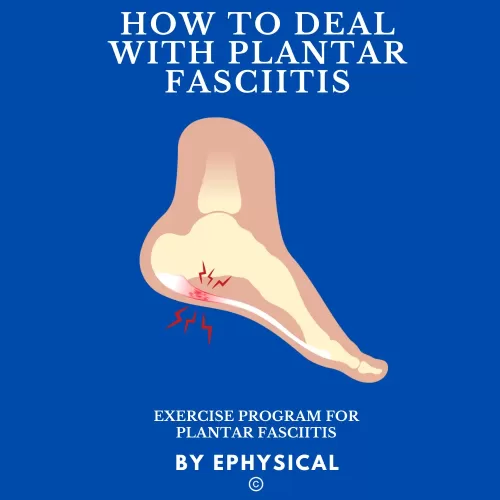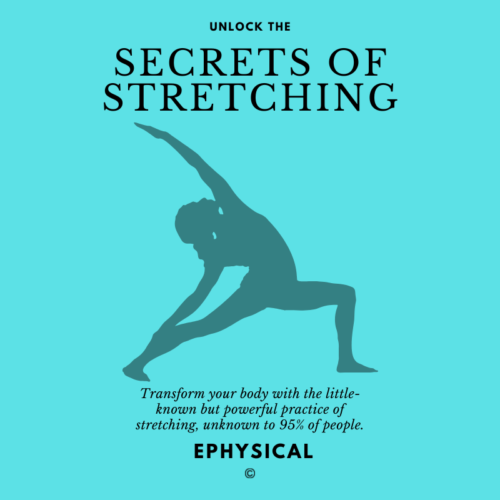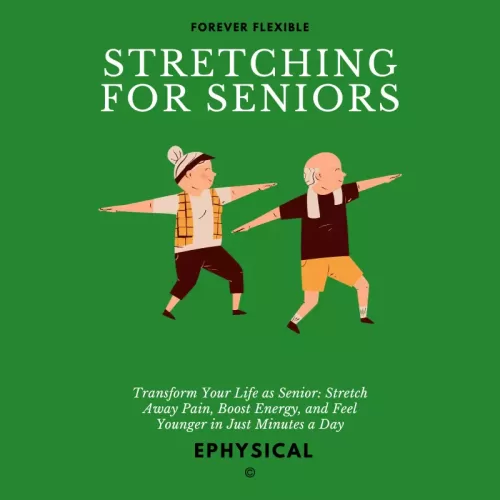Best Suboccipital Stretches for Neck Pain And Headaches
In this article, I will show you the best suboccipital stretches for neck pain relief, improving the flexibility of the upper neck area and diminishing the headaches caused by tight suboccipital muscles.
You will learn:
- How to loosen tight suboccipital muscles
- How to stretch suboccipital muscles
- Causes of tight suboccipital muscles
- How to prevent tightness in suboccipital muscles
- Tips when stretching suboccipital muscles.
Let’s get started.
How to Loosen Tight Suboccipital Muscles
Ideally, you want to release suboccipital muscles before stretching them. Here is how to do it.
- Put your thumbs at the bottom of the skull, and make the space between them like the width of one, two, or three of your fingers.
- Press gently your occipital muscles and hold for the 30s.
- Continue to the next thumb position and repeat.
- Now you’re ready for the stretching phase.
How to Stretch Suboccipital Muscles
Cervical Retraction
- From a seated position, place two fingers on a chin.
- Then retract your head (move backward/posterior)
- Another way to perform this movement is to make a ‘double chin’.
- Hold for 30s.
Suboccipital Neck Stretch
- Start from a seated position.
- Place one hand on a chin and other hand to a base of a skull
- Push backward with your chin and pull up and slightly forward with your hand on a base of a skull (see the picture)
- Hold this stretch for 30s.
- Do not activate neck muscles during this stretch.
This is the best occipital stretch to relieve the muscle tension in the upper neck region.
Unilateral Suboccipital Neck Stretch
Stretching the one side of a subbocipital muscles.
- Neck is side bent to one side, from 10 to 30 degrees.
- You stretch the opposite side of a side you’re bending your neck.
- Protract your head by pushing your chin backward.
- Push the base of a skull up and slightly forward with your hand while your head is bent to one side.
- Hold the stretch for 30s.
Try both sides since suboccipital muscles are often tight on both sides.
What Causes Tight Suboccipital Muscles
Tightness in suboccipital muscles is often attributed to poor posture, prolonged screen time and/or stress-induced tension.
Modern lifestyles frequently involve prolonged periods of hunching over screens, whether you work on a computer or scrolling through a smartphone.
This sustained forward head posture places strain on the suboccipital muscles, leading to muscle imbalances and subsequent tightness.
For instance, a computer monitor placed too low or a chair lacking proper lumbar support can encourage your head to protrude forward, further straining the suboccipital muscles.
Additionally, stress and tension play a significant role.
Emotional stress triggers the body’s “fight or flight” response, causing neck muscles, including the suboccipital ones, to tense up.
Over time, chronic stress can lead to persistent tightness and discomfort in this region.
Think of it as holding a phone between your ear and shoulder for prolonged periods; the neck muscles become tense and fatigued.
Similarly, poor posture and stress create a cycle of tension that tightens the suboccipital muscles, potentially resulting in headaches, neck pain, and limited neck mobility.
How to Prevent Tightness in Suboccipital Muscles
Tips When Stretching Suboccipital Muscles
- Know the neck pain – if you’re not sure about the origin of a neck pain, consult your doctor.
- Breath deeply when stretching suboccipital muscles.
- Do not activate neck muscles when stretching.
- Stop stretching if you feel dizziness.
- Hold the stretch for 30s and perform every stretch for occipital muscles once per day.

